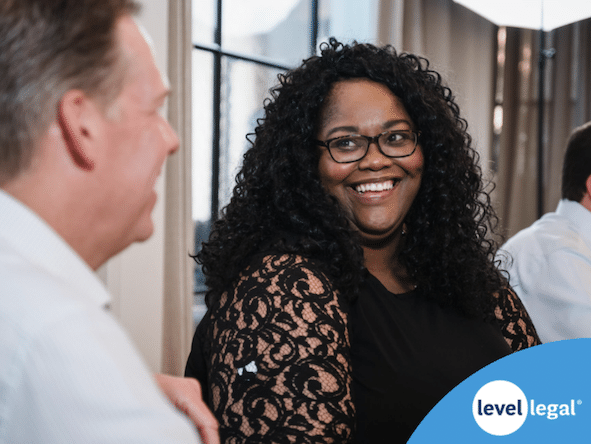
A couple of weeks ago, I talked with Kevin Kiley, Chief Revenue Officer of OneTrust, on a session Level Legal sponsored with Buying Legal called “The Great Legal Shift of 2021: Procurement’s Role in Adding Value to the Business Bottom Line.” If you missed it, be sure to check it out online.
For those of you who aren’t familiar with OneTrust, in addition to being our newest technology partner, they are one of the most highly regarded vendors in our industry – recommended by nine of the top 10 highest-grossing law firms, half of the Fortune 500 and three of the Big Four. They are known for their comprehensive set of tools for privacy management, consent and preference management, integrated risk management, third-party risk management, ethics and compliance, and data governance.
During my talk with Kevin, we primarily focused on three main themes.
Tool Mindsets Don’t Work
As we all know, the role of procurement for legal and compliance is undergoing a profound change. Until recently, organizations have tended to approach compliance challenges one problem at a time with a technology-first approach, choosing a tool to solve a problem. “Are you facing new privacy regulations in a particular jurisdiction? Here’s a tool to solve the problem.” That’s a tool mindset.
For too long, this technology-first “one size fits all” mindset has plagued our industry, resulting in inefficiencies or – even worse – penalties. Given today’s dynamic business and regulatory environments, it’s unrealistic to think you can effectively solve nuanced compliance problems by thinking that your go-to eDiscovery tool is the quick fix. Kevin and I talked about the importance of starting to think holistically about the combination of workflows, processes, and tools. We urged all legal buyers in the audience to know they have an opportunity to be agents of change – to help their organizations become better stewards of the information they manage.
Making Legal Human: Critical Thinking Matters
Managing compliance problems in a 21st-century global enterprise is no easy task. It encompasses multiple business units, countless activities and workflows, hundreds or even thousands of applications, and massive amounts of data flowing through the entire organization across international, regional, and local jurisdictions. While technology is a critical part of the solution, orchestrating all of this requires critical thinking that only humans can provide.
The solutions require data expertise, workflow and process expertise, legal expertise, industry expertise, and – yes – technology expertise. Identifying the right combination of tools and consultative services for a unique compliance challenge is like balancing art with science, both are needed to achieve an optimal outcome.
Litigation Prevention
Toward the end of our session, Kevin and I offered practical tips to the audience. First and foremost, it starts with legal buyers leading the charge in adopting a more proactive posture when it comes to dealing with legal and compliance teams. Move beyond serving as the clean-up crew for compliance messes.
Imagine the possibilities of establishing key benchmarks and proactively identifying unforeseen emerging areas of risk in real-time before they become expensive problems to solve. Tools like OneTrust bring this reality to life. By aggregating and analyzing anonymized data across thousands of clients working in similar ways or in similar industries, they make those insights available to users in the same jurisdictions or using the same suppliers.
In closing, we provided one final word of advice: Don’t be discouraged. If all of this sounds overwhelming, OneTrust and Level Legal are huge proponents of the “crawl, walk, run” approach. Meet your immediate needs first without taking on too much too soon. Through our partnership, we are here to help combine the right toolset with the right workflow and data expertise you need to get started.


